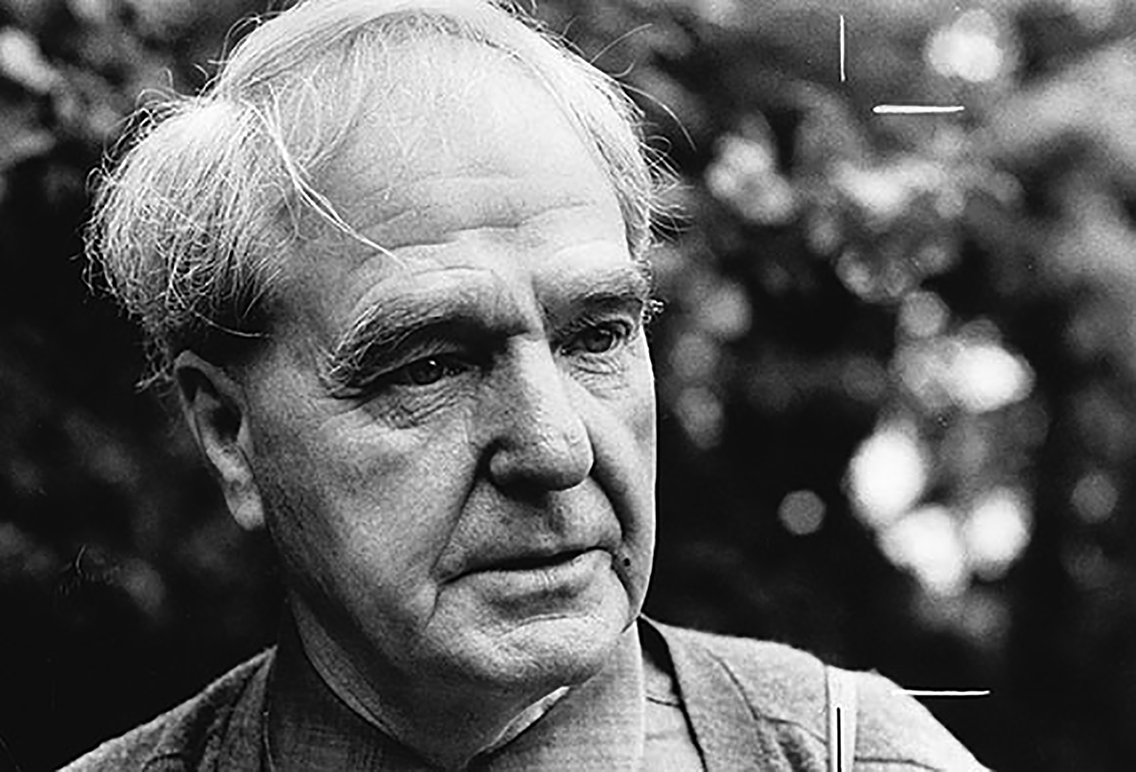

In 1975 Mayor Farsi contacted Henry Moore, through the architect Julio Lafuente, to discuss the possibility of purchasing his work for the city. In his letter of 13 August 1975, he wrote: ‘Both Jeddah and Mecca as well as any other town in Saudi Arabia lacks the existence of marble work in the streets and squares considering the fact that our Moslim Religion forbids the statues that resemble humans or animals. Therefore, your art which is different will be acceptable and will be the first in our towns.’ Two years later, Mayor Farsi visited Moore in his studio in England, and agreed on the purchase of three sculptures – ‘Two Large Forms’ (Three Piece Reclining Figure No .1), ‘Large Spindle Piece’ and ‘Oval with Points’, at a total cost of US$675,000.
Throughout the 1950s monumental reclining female figures, of varying degrees of abstraction, dominated Henry Moores work, culminating in the Reclining Figure carved for the UNESCO building in Paris in 1957. Moore also produced increasing numbers of modelled and cast figures, and throughout the 1960s he experimented with sculptures in several parts. In 'Three Piece Reclining Figure No. 1' it is space that becomes the active agent, so that the material is ‘turned from an inert mass into a composition which has a full form existence’. The reclining figure was ‘an absolute obsession’ with Moore: ‘If you like to carve the human figure in stone, as I do, the standing pose is no good. Stone is not so strong as bone, and the figure will break off at the ankles and topple over... The seated figure has to have something to sit on. You cannot free it from its pedestal. A reclining figure can recline on any surface. It is free and stable at the same time ... the reclining figure gives the most freedom, compositionally and spatially.’

The son of a Yorkshire coalmining engineer, after war service in France Henry Moore studied at Leeds School of Art in 1919. In 1921 he won a scholarship to the Royal College of Art, London. An enthusiastic modernist, Moore kept in touch with European developments and admired the work of the British sculptors Epstein, Gaudier Brzeska and Gill.
In 1928 he received his first commission, a relief for the London Underground Headquarters. His work of this period shows the influence of Epstein and ‘primitive’ Mayan art.
During the 1930s Moore was associated with the group of Hampstead artists that included Ben Nicholson and Barbara Hepworth. The abstract biomorphic carvings of this period, such as Family (1935; Henry Moore Foundation), are among his most innovative works and, like Hepworth, he also explored the potential of the pierced form. ‘The first hole made through a piece of stone is a revelation’, he wrote, ‘the hole connects one side to the other, making it immediately more three dimensional’.
In 1940 Moore was commissioned as a war artist and he made numerous drawings of sleepers in the London Underground during the Blitz. Over the next decade he established an international reputation, receiving the International Sculpture Prize at the Venice Biennale of 1948. The Henry Moore Foundation, based at Moore’s home in Much Hadham, Hertfordshire, continues to champion his work and support the promotion of the arts.